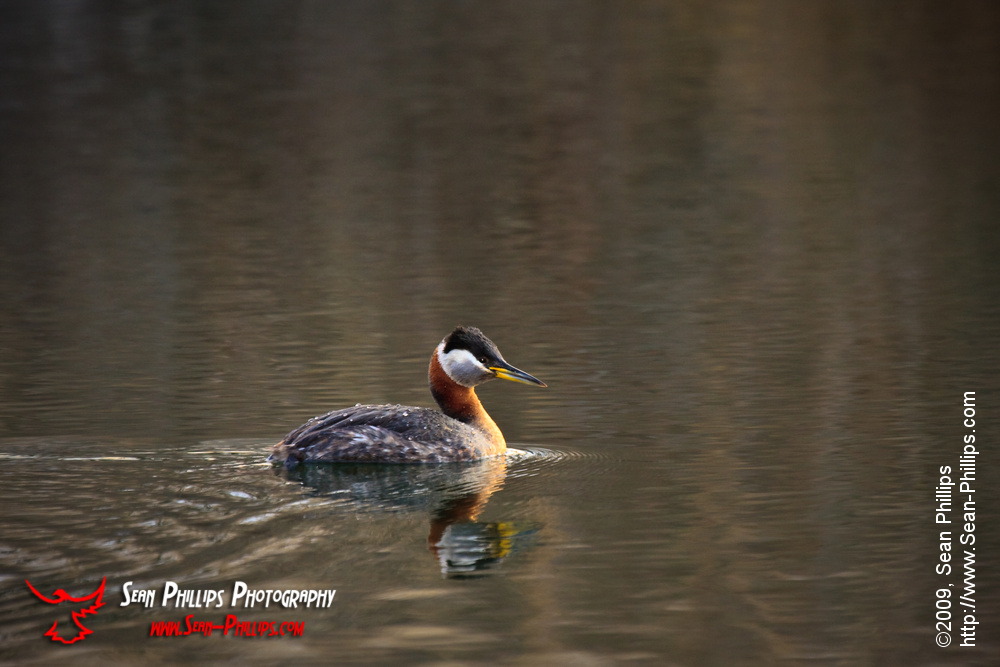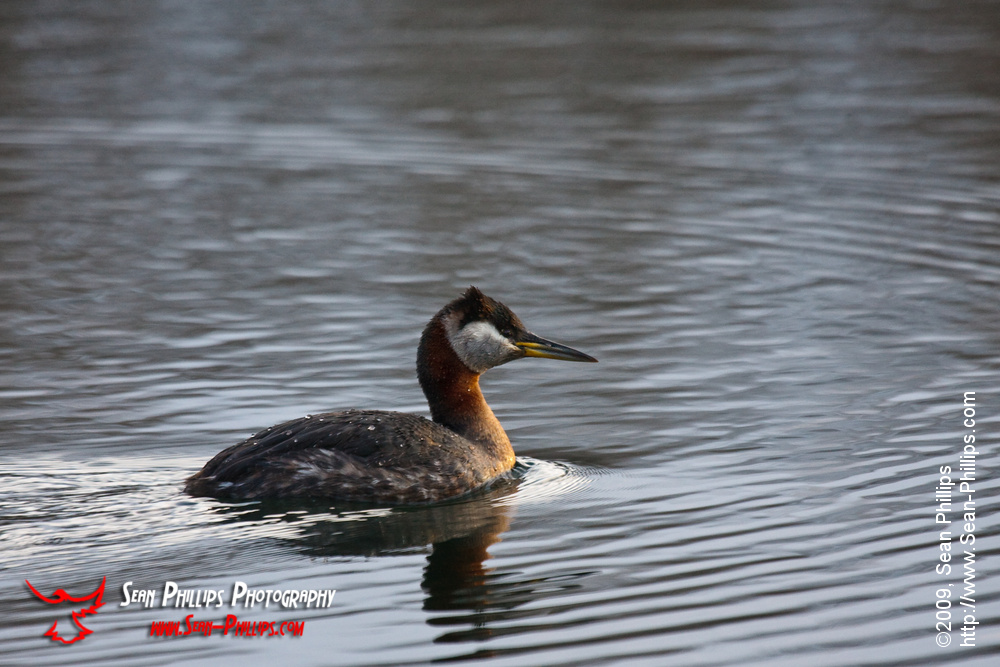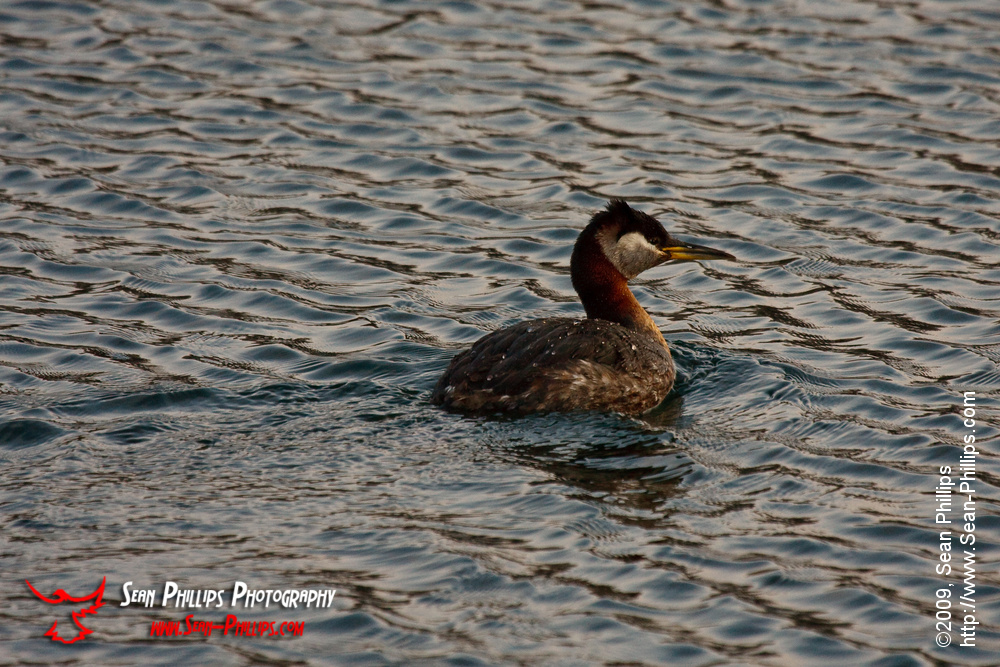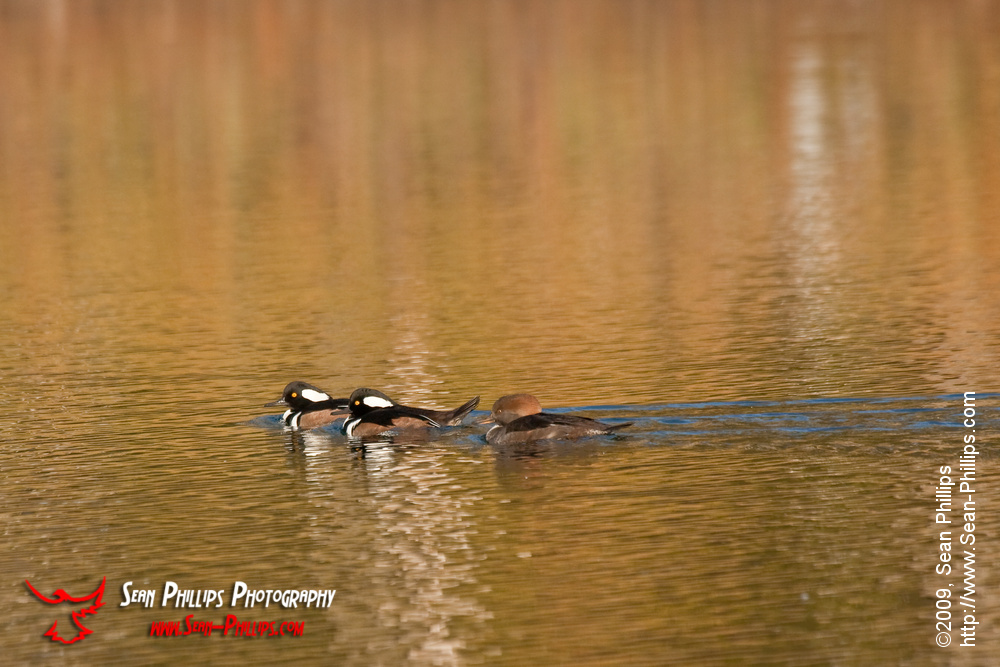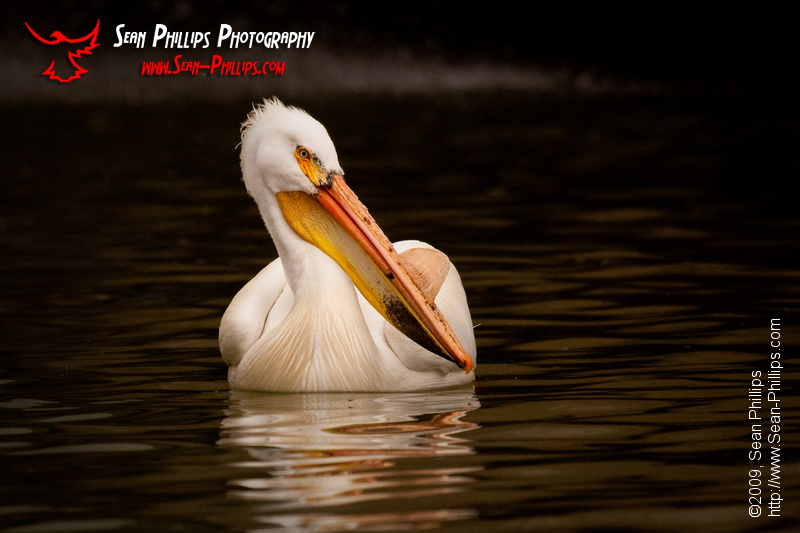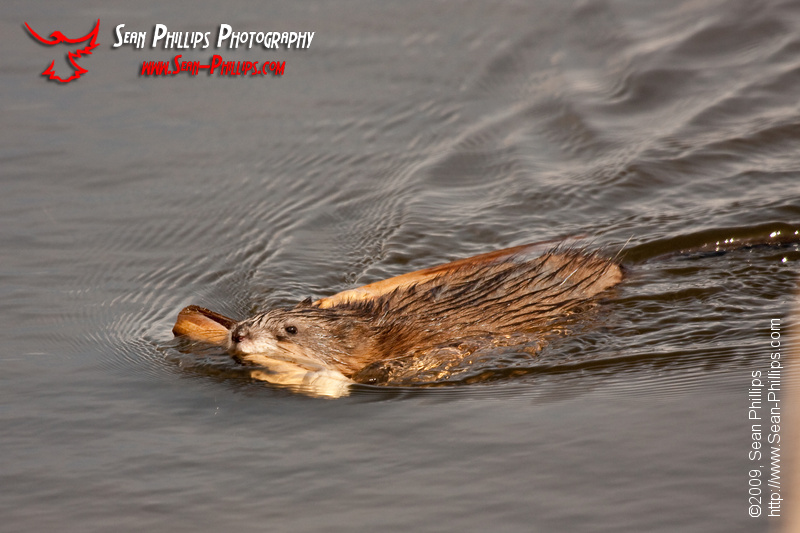
This is the first Muskrat I’ve come across this spring. It had a mouthful of some building material that it carried right past me and took into latest construction project. These animals are plentiful in the Calgary area and in summer they can often be found sitting on the edge of a slough eating. They are quick to spook though so you need to approach slowly if you want to get close.
Muskrats and Beavers are often confused for each other by the casual observer. Although they are related, and very similar in appearance, there are two major differences that can be used to distinguish between them.
The first difference is the overall size; muskrats are very small and typically only reach the 2 to 4 pound range (1 to 2 kg) while Beavers are much larger and are more typically in the 30 to 90 pound range (14 to 40 kg).
While this massive size difference should be enough to tell the animals apart, the second difference is equally distinctive. While Beavers are well known for having a flattened tail, Muskrats also have flat tails, only theirs are flattened vertically instead of horizontally. To the common observer the Muskrat appears to have a typical round tail as you can normally only see a small part of the tail sticking out of the water while the rat swims.
